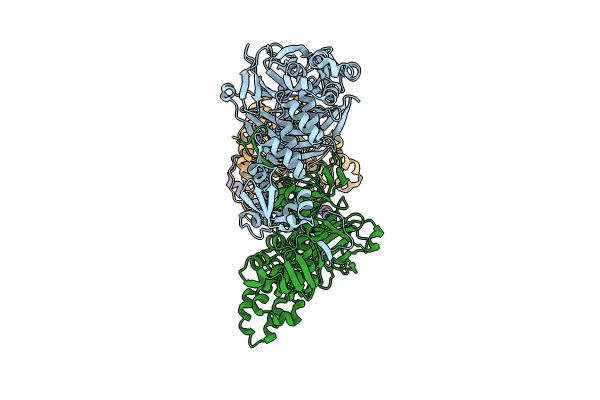
Deposition Date
2024-01-22
Release Date
2024-11-27
Last Version Date
2025-06-11
Entry Detail
PDB ID:
8VRT
EMDB ID:
Keywords:
Title:
The structure of LSD1-CoREST-HDAC1 in complex with KBTBD4R313PRR mutant
Biological Source:
Source Organism:
Homo sapiens (Taxon ID: 9606)
Host Organism:
Method Details:
Experimental Method:
Resolution:
3.42 Å
Aggregation State:
PARTICLE
Reconstruction Method:
SINGLE PARTICLE


